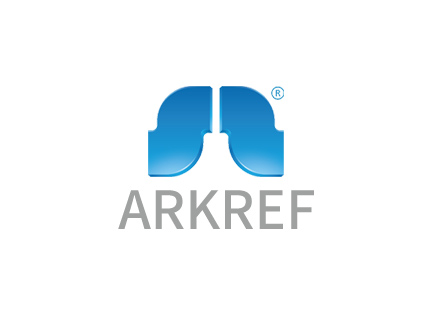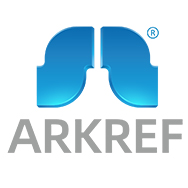Global Demand for Water Chillers and Industry Trends
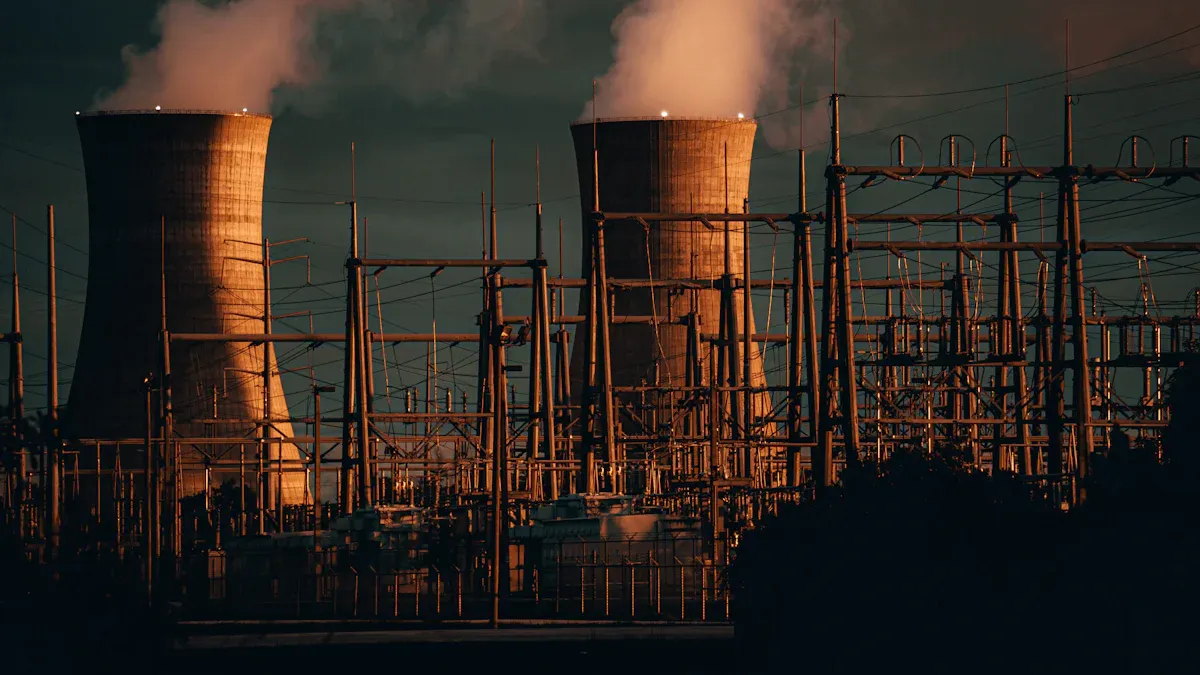
By 2025, water chillers will be needed more than ever. These cooling systems are used in many places, like factories and hospitals. They help keep the right temperatures for machines and people. Offices and stores also use them to keep spaces comfortable. Water chillers are important because they cool large areas well. But what is changing in this market? Designs that save energy, smart features, and green solutions are becoming popular.
Key Takeaways
The global water chiller market will grow from $7.5 billion in 2023 to $12.3 billion by 2033. This is because efficient cooling systems are in high demand.
Energy-saving chillers help cut costs and protect the environment. They use new technology to save energy and reduce pollution.
Smart tools like IoT sensors and AI make chillers work better. They can predict problems and make the systems more reliable.
Eco-friendly refrigerants are now required in many places. Europe is leading by replacing harmful chemicals like HFCs.
Companies need to follow these trends. They should invest in smart, energy-saving chillers to stay competitive and follow rules.
Current Market Size and Growth Projections
Global water chiller market size in 2023
The water chiller market has grown a lot recently. In 2023, its value reached about $7.5 billion. This shows how industries need better cooling systems. Factories, hospitals, and data centers rely on chillers to keep temperatures steady. The market's growth proves how important chillers are for businesses worldwide.
CAGR and growth forecast for 2025
The chiller market will keep growing steadily in the future. From 2026 to 2033, it is expected to grow by 6.5% each year. By 2033, the market could be worth $12.3 billion. This growth shows the need for modern cooling systems. Energy-saving technologies are helping the industry expand.
Key regions driving demand
Some areas are leading the chiller market's growth. Asia-Pacific is growing fast because of new factories and cities. Countries like China and India are spending more on buildings and chillers. North America is also important, focusing on energy-saving systems. Europe is close behind, with rules pushing for eco-friendly chillers. Together, these regions shape the global market.
Trends in the Water Chiller Industry
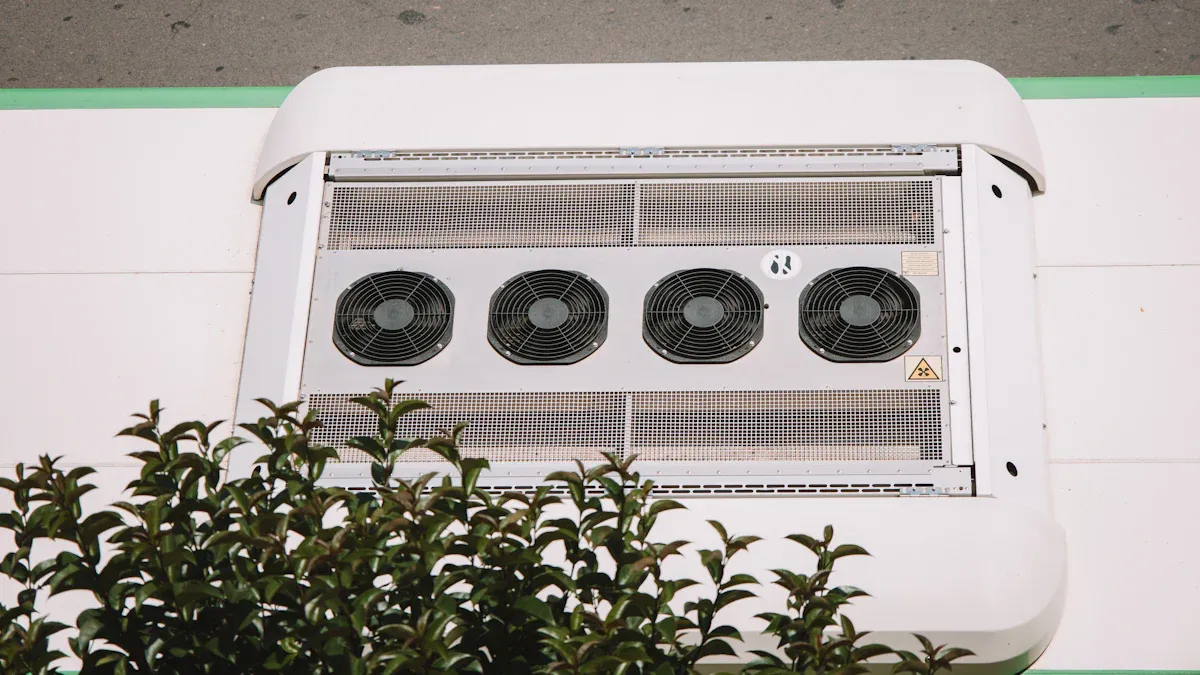
Energy efficiency and sustainable designs
Energy-saving chillers are changing the cooling industry. For example, the UAlbany Decarbonization Project is replacing old chillers. They are using efficient electric and heat-recovery chillers. These chillers connect to geothermal wells, increasing cooling power. This change also cuts natural gas use by 16%. The project supports New York's climate goals. It shows how green chillers can lower emissions and help the environment.
Aspect | Details |
|---|---|
Project Name | UAlbany Decarbonization Project |
Objective | Replace old chillers with efficient electric and heat-recovery chillers |
Initiative | Part of a $30 million plan to cut greenhouse gas emissions |
Technology | Efficient chillers linked to geothermal wells |
Expected Outcome | Boost cooling power and cut natural gas use by 16% |
Broader Impact | Helps meet New York's climate and emission goals |
Green chillers are now key for industries. They save energy and meet strict rules. These designs help businesses stay eco-friendly.
IoT and smart technology integration
Smart chillers are changing how cooling systems work. IoT sensors and AI tools are leading this change. IoT sensors track performance and spot problems early. AI tools predict part failures, so repairs happen before breakdowns. These technologies make chillers more reliable and efficient.
Technology | Benefit |
|---|---|
AI-powered diagnostics | Predicts part failures for early repairs |
IoT sensors | Tracks performance and finds issues quickly |
Smart technology is improving chillers to meet today’s needs. These updates save money and make systems work better.
Eco-friendly refrigerants and regulations
Eco-friendly refrigerants are shaping the chiller market. Europe plans to stop using harmful HFCs by 2050. By 2025, manufacturers can only produce 60% of their past output. This limit will drop to 15% by 2036. These rules push for magnetic refrigeration, especially in Europe.
Europe will phase out HFCs by 2050.
By 2025, manufacturers can make 60% of their past output.
By 2036, this limit will drop to 15%.
Magnetic refrigeration is growing among electronics makers in Europe.
Energy use in European data centers may triple by 2030. This rise shows the need for efficient cooling like magnetic refrigeration. Eco-friendly refrigerants follow rules and lower environmental harm.
Chillers Market Segmentation
Geographic segmentation: North America, Europe, Asia-Pacific
The chillers market grows differently in various regions. North America focuses on energy-saving cooling systems. Companies here use advanced tech to meet green goals. Europe is next, with strict rules for the environment. Many businesses there switch to eco-friendly refrigerants to follow these laws. Asia-Pacific grows quickly with new factories and cities. Countries like China and India need more chillers for buildings.
Region | Key Trends |
|---|---|
North America | Focus on energy-efficient systems |
Europe | Adoption of eco-friendly refrigerants due to regulations |
Asia-Pacific | Rapid industrialization and urbanization driving demand |
These differences show how chillers adapt to local needs and rules.
Application segmentation: Industrial, commercial, residential
Chillers are used in many places for different reasons. Factories use them to cool machines and keep work smooth. Malls and offices need chillers to make spaces comfortable. Homes also use chillers, especially in hot areas, and this is growing.
Chillers are also grouped by pump size and system type. Small pumps under 20 GPM are common in homes. Bigger pumps are used in factories. Water-based systems are popular in offices, while oil-based ones are used in special industries like energy.
End-user industries: Manufacturing, healthcare, data centers
Chillers are important for many industries. Factories need them to keep machines cool during work. Hospitals use chillers to protect medical tools and help patients. Data centers are growing fast and need chillers to cool servers. This stops overheating and keeps systems running.
Segment Type | Categories |
|---|---|
Plastics, Food & Beverages, Pharmaceutical, Printing, Chemical, Energy, Engineering & Mechanical, Others |
These industries push for chillers that save energy, work well, and fit their needs.
Growth Drivers in the Water Chiller Market
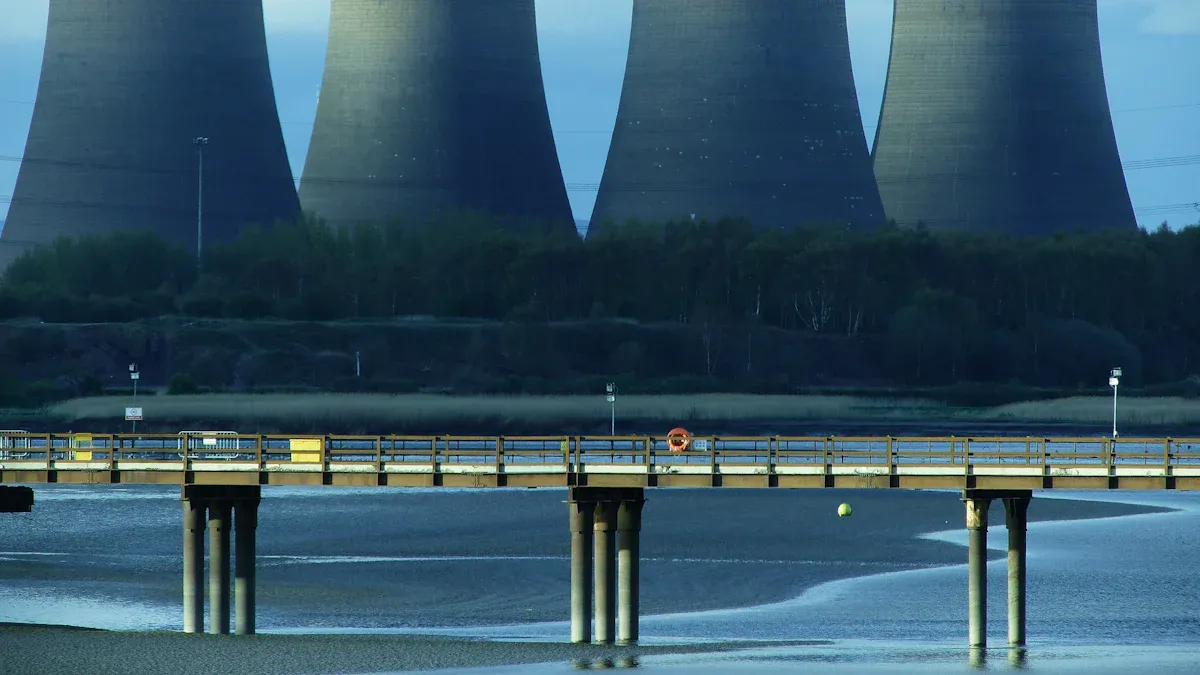
Need for energy-saving cooling systems
Many businesses now focus on saving energy. This has made energy-saving chillers more popular. These chillers use smart technology to work better and use less power. For example, they have special compressors and heat exchangers. These parts help them cool well while cutting electricity costs.
Energy-efficient chillers also help lower pollution. Because of this, factories and hospitals are using them more. These chillers help save money and protect the planet at the same time.
Growth of factories and cities
Industries and cities are growing fast, needing better cooling systems. New factories, malls, and offices need chillers to stay cool. In places like Asia-Pacific, cities are expanding quickly. This growth increases the need for chillers that can cool big spaces.
In offices and stores, chillers keep people comfortable. In factories, they stop machines from overheating. As more buildings are built, the demand for chillers grows too.
Rules supporting green technology
Governments want businesses to use eco-friendly cooling systems. New rules support chillers that use safe refrigerants and save energy. For example, Europe is banning harmful HFCs, pushing companies to improve. These rules help the planet and create new chances for businesses.
Following these rules helps companies avoid fines and stay competitive. Green technology is now a must-have for success in the cooling industry.
Challenges in the Chillers Market
High costs and maintenance challenges
Water chillers cost a lot to buy and install. Setting them up takes a big investment. Keeping them running adds more expenses. Regular maintenance is needed for chillers to work well. This can be hard for small businesses with tight budgets.
Chiller systems are complex and need special care. Parts like compressors and refrigerant lines require expert attention. If maintenance is skipped, chillers may stop working or lose efficiency. Repairs can be very expensive. To avoid this, companies use tools that predict problems early. These tools save money by fixing issues before they get worse.
Environmental concerns with refrigerants
Some refrigerants used in chillers hurt the environment. Older systems often use hydrofluorocarbons (HFCs), which cause global warming. Rules like the Montreal Protocol aim to stop harmful refrigerants. Businesses may need to upgrade chillers to follow these rules.
Evidence Type | Description |
|---|---|
These checks ensure systems meet energy rules and refrigerant laws under the Montreal Protocol. |
Eco-friendly refrigerants, like hydrofluoroolefins (HFOs), are better for the planet. They cool well and lower environmental damage. Switching to green refrigerants helps meet rules and reduces pollution.
Competitive pressures and innovation needs
The chiller market is very competitive. Companies must create new ideas to stay ahead. Energy-saving and smart chillers are in high demand. Businesses that don’t improve may lose customers.
Smart features like IoT sensors and AI tools make chillers better. These updates help chillers work reliably and save money. Customers want these advanced systems. To compete, companies must focus on research and new designs.
💡 Tip: Using eco-friendly designs and smart technology can help your business succeed in the chiller market.
The need for water chillers is growing worldwide. This is because industries are expanding and need better cooling systems. New trends like energy-saving designs, smart tools, and eco-friendly refrigerants are changing the market. These updates help the environment and make chillers work better.
🌱 Note: Being eco-friendly is now a must to compete in cooling.
In the future, new technology and helpful rules will grow the market. Using smart ideas can help your business succeed for years in this changing industry.
FAQ
What is a water chiller, and how does it work?
A water chiller cools water by removing heat from it. It uses a refrigeration process to make the water cold. The chilled water flows through pipes to cool machines, rooms, or processes.
💡 Tip: Water chillers are great for industries needing exact temperature control.
Why are energy-efficient chillers important?
Energy-efficient chillers use less power and save money. They also reduce harmful gas emissions, helping protect the environment.
Benefit | Description |
|---|---|
Cost Savings | Lowers electricity expenses |
Environmental Impact | Reduces carbon pollution |
Which industries use water chillers the most?
Factories, hospitals, and data centers depend on water chillers. They keep machines, medical tools, and servers cool and working well.
🌍 Note: Data centers need more chillers as digital services grow.
What are eco-friendly refrigerants?
Eco-friendly refrigerants, like HFOs, are safer for the planet. They replace older refrigerants, like HFCs, which harm the environment.
✅ Example: Hydrofluoroolefins (HFOs) are common in new chillers for safety and efficiency.
How does IoT improve water chillers?
IoT sensors check how chillers are working all the time. They find problems early and help save energy. This reduces repair costs and keeps chillers running smoothly.
🔧 Pro Tip: Choose IoT chillers to save money and avoid breakdowns.
See Also
Choosing The Right Industrial Water Chiller Units Effectively
Comprehending The Functionality Of Water Chiller Units
Important Factors When Choosing An Industrial Tube Ice Maker
